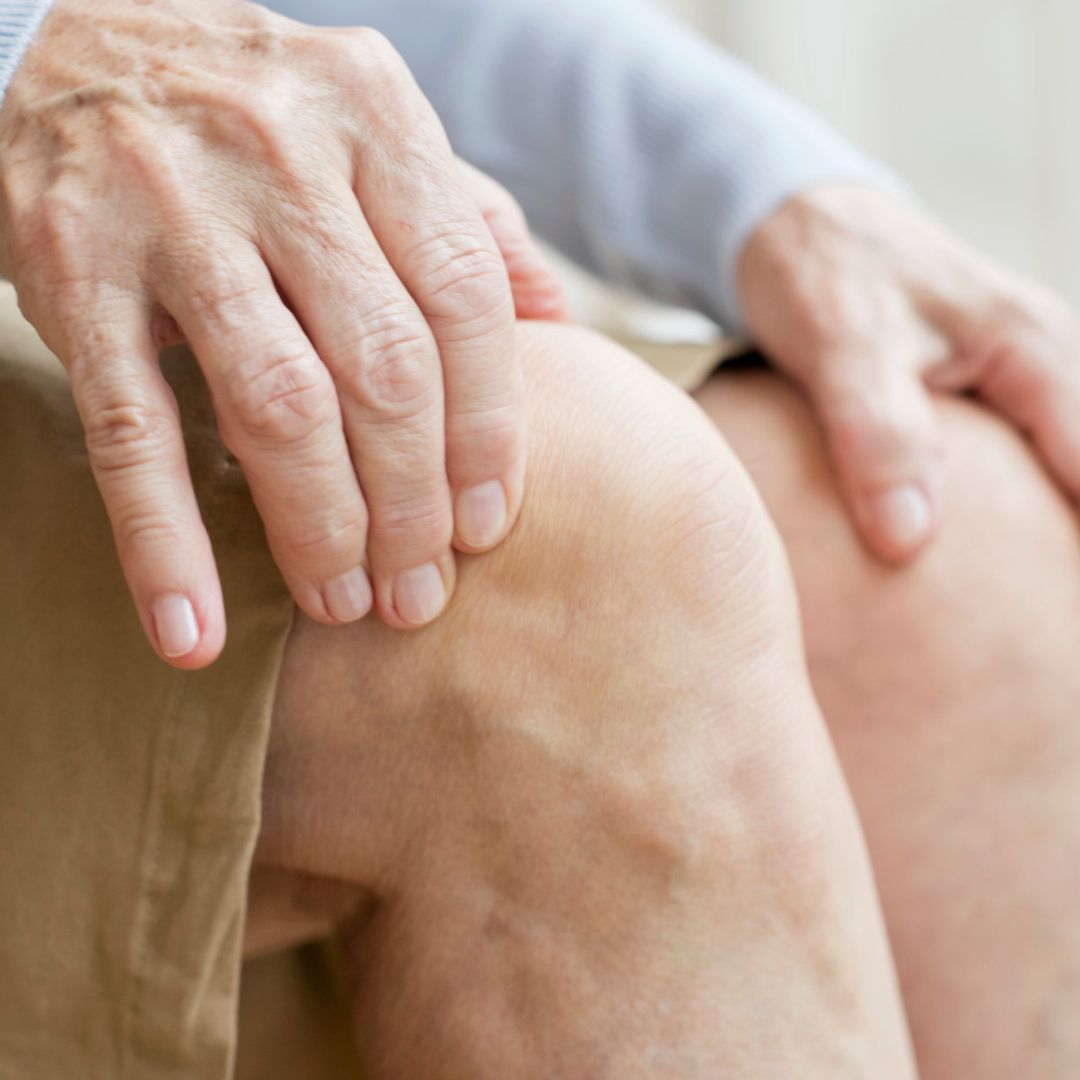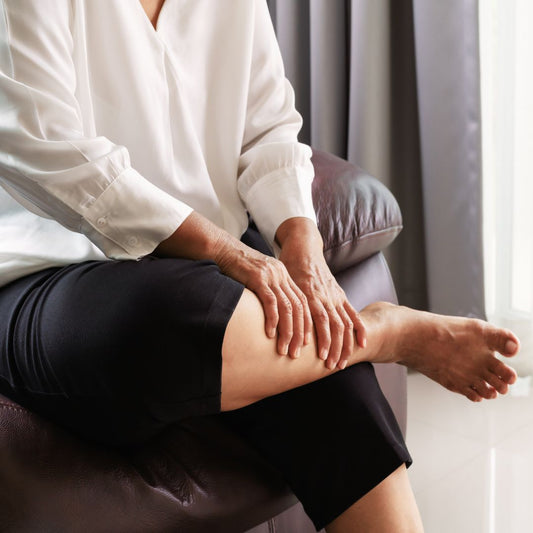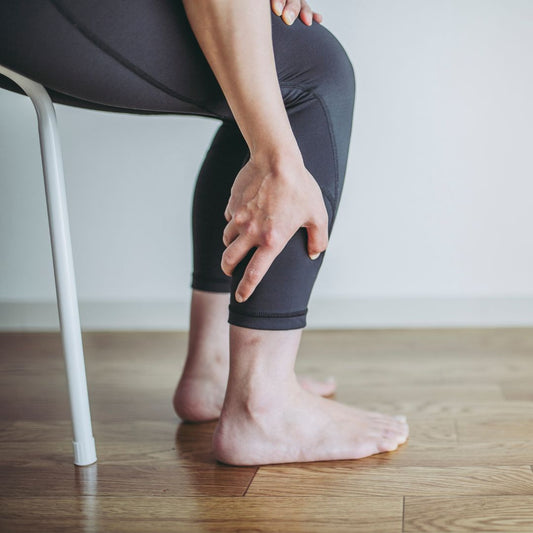Now that October has arrived, we’ve got bones on the mind. Not just because of Halloween, but because this week is Bone and Joint Health National Action Week. And because each human skeleton is made up of 206 bones, it’s important to know and understand your bones’ health. Especially when bone diseases such as osteoporosis are so prevalent. In fact, more than 10 million people aged 50 and older suffer from osteoporosis, and 43 million people have low bone mass putting them at risk. We’re sure you’re wondering: with numbers that high, is there anything you can do to prevent it?
What is Osteoporosis?
Well, first, we must understand what happens when you’ve been diagnosed with osteoporosis.
Osteoporosis causes bones to become weak and brittle. It occurs when the creation of new bone doesn’t keep up with the loss of old bone. This happens because as we age, the process of bone renewal slows down while bone mass is lost more quickly. If you obtained a lot of bone mass in your youth, you will be in a better place as you get older. However, with all the aches and pains we experience in older age, how do you know if it’s in your joints or bones
Osteoporosis vs Osteoarthritis
A common confusion can happen with these two diseases because most times people have both. Osteoporosis is the loss of bone mass which increases the risk of fractures, and osteoarthritis is joint pain that reduces mobility and function within the joints. With osteoarthritis, you’ll feel a stiffness and pain in your joints with movement.
Unfortunately, osteoporosis is known to be a silent ailment because It’s hard to tell if your bones are becoming weak. Most people don’t even know they suffer from it until experiencing a broken bone, and most fractures tend to occur in the hip, wrist or spine.
Risk Factors / Signs
Yes, you can prevent osteoporosis (we will cover that shortly) but regardless, some things that are out of your control can cause you to be more at risk.
Those risk factors include:
- Women are more likely to develop it than men.
- As you age, the more at risk you become due to bone renewal slowing down.
- Your body frame. The smaller your body frame is, the higher risk you are because there is less bone mass to draw from as you age.
- Asian or white individuals are at greater risk.
- If you have a family member with osteoporosis, you’re more likely to get it as you age. Especially if that family member suffered a broken bone from it.
And while those risk factors are out of your control, there are signs that signal osteoporosis.
- Loss in height
- Frequent bone fractures from low impact
- Lower back pain
- A curved or stooped shape in the spine
- Receding gumline
- Brittle and weak fingernails
- Loss of strength in your handgrip
- Low bone density
Preventative Treatment
So, can it be prevented? The answer is yes. If you’re aware that you hold a few of the risk factors, it’s important to make a few lifestyle changes. Start including various supplements into your diet including calcium and vitamin D - both are great for bone health.
Exercising is also crucial in slowing bone loss and helps you build stronger bones. Activities such as walking, jogging, running, stair climbing, etc. are great for weight-bearing and should be mixed with strength training and balance exercises such as yoga.
Can Osteoporosis be Reversed?
It’s important to understand that yes, you can prevent osteoporosis, but once you’ve been inflicted with the condition, it can’t be completely reversed. Osteoporosis is not curable, but you can do the things mentioned above to slow down bone loss along with limiting alcohol, caffeine and smoking. Medicine has also come a long way, and about half of osteoporosis-related repeat fractures can be prevented with appropriate treatment.
For more information about osteoporosis and your bone health, check in with your doctor to see if you’re at risk.




